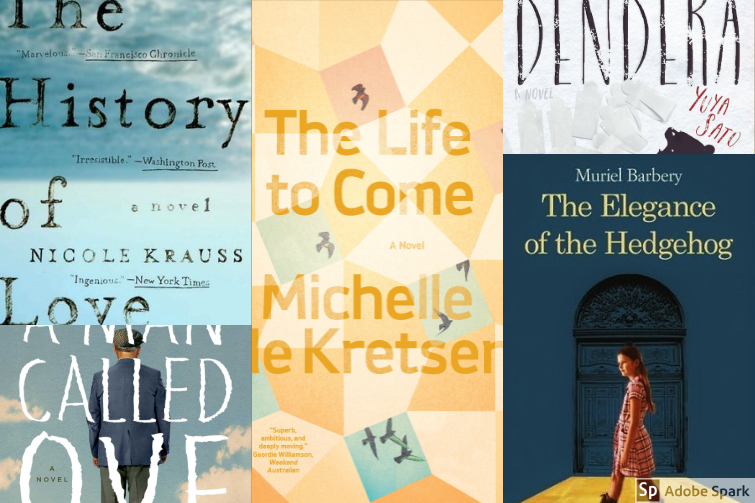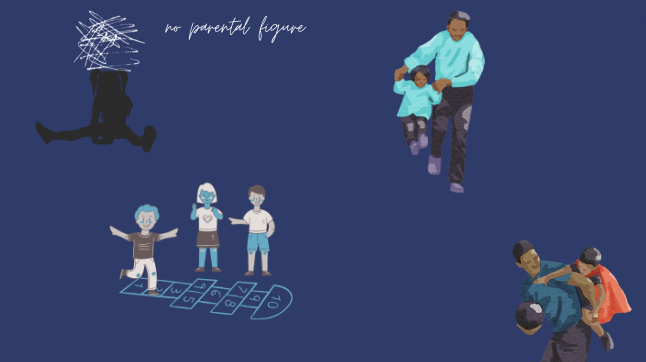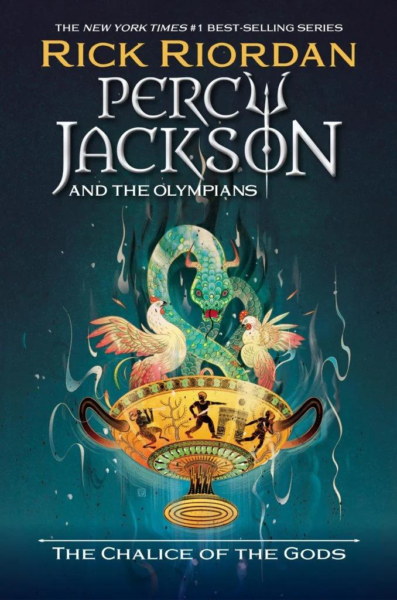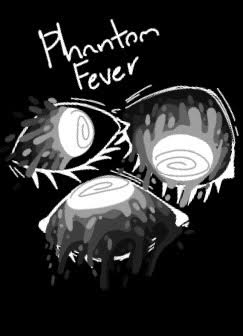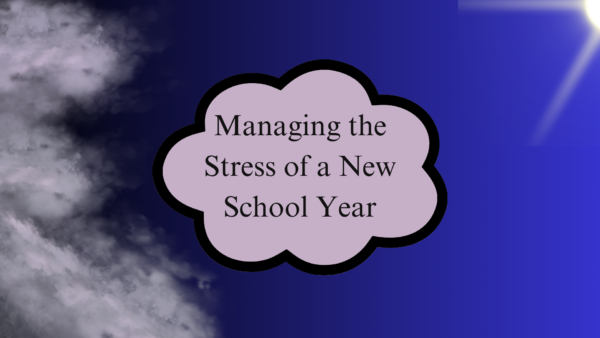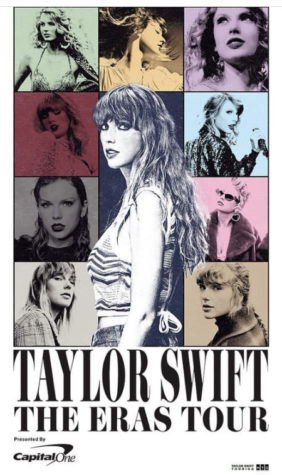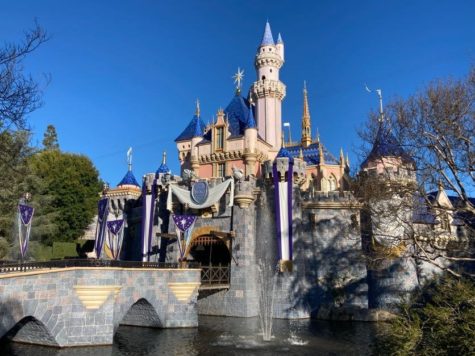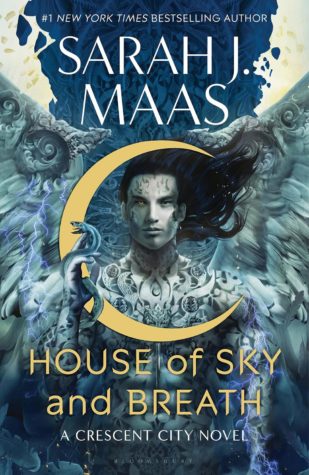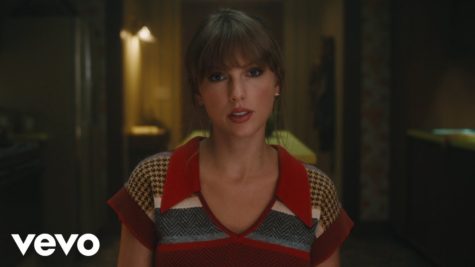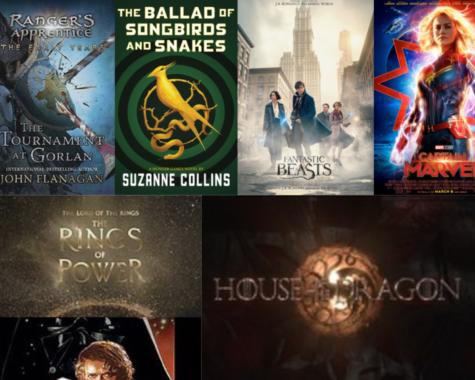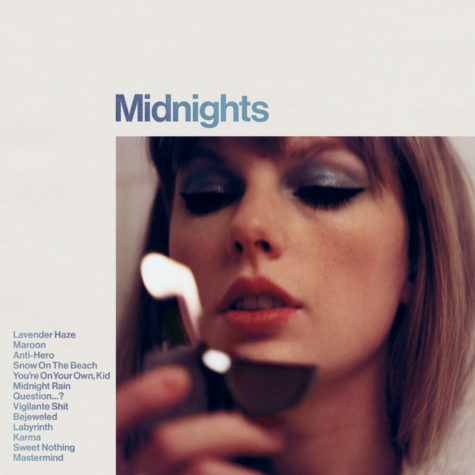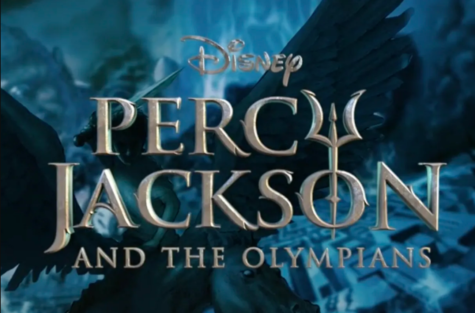Novels need age diversity
February 22, 2019
One of the simplest and most enjoyable ways to explore new perspectives is to read novels. The nature of this art form easily communicates ideas, thoughts, and opinions of fleshed-out characters, and exposure to unique viewpoints improves our understanding of others. Due to the power of novels, it is a shame that literature often neglects to incorporate age diversity.
The novels geared toward teenagers mostly feature teenage protagonists. This seems logical enough. People like to read things they can relate to, and coming of age stories are ripe with dramatic and compelling story lines.
However, young readers frequently make the mistake of treating compelling story lines and old age as mutually exclusive. Perhaps this is due to a culture-wide phenomenon in which we view older members of society as boring, lonely, or even depressing. These are unfair characterizations.
Older individuals do not usually face a steep decline in cognitive functioning, nor is it typical for life satisfaction to decrease. So, where are the novels portraying the aged in interesting situations?
One factor contributing to this issue stems from authors’ tendencies to write what is most personally appealing to them.
“People often write literature about their own experiences and so it might take some time for a writer to see the relevance of writing about older age. Novels often focus on a transition or turning point – characters coming-of-age or experiencing a crisis. In this context perhaps old age doesn’t seem as exciting. Often older characters seem to be written in so the author can reflect on youth or the passing of time – they are rarely active agents in the story. But this ageism is simply a carry-over of ageism prevalent in wider society,” said author Melanie Joosten in an interview with Writers Victoria.
This ageism is reflected in psychological studies regarding people’s perceptions of when developmental transitions occur.
For example, a Pew Research survey found that respondents aged 18-29 believed old age began at 60, whereas respondents 65 and older believed old age began at 74. A research study, which was conducted for Frontiers Media attributed this difference to stigma surrounding old age.
“In sum, older adulthood is an identity that carries significant stigma (Levy and Banaji, 2002), and individuals become increasingly closer to assuming this stigmatized identity as they age. When people become older adults, they could view themselves as becoming part of a group to which they have held negative attitudes toward their whole life. In general, individuals are motivated to create psychological and physical distance between themselves and stigmatized out groups (e.g., Cesario et al., 2010).”
Author Holly Robinson discussed how this stigma relates to literature in an article for the Huffington Post.
According to Robinson, when she told her agent she wanted to write a novel with a female protagonist in her fifties, he told her, “‘Oh, I don’t think you’d better do that. Publishers don’t like older characters. You’d better start with the younger woman’s point of view.’”
Rather than reflect the bias found in society, literature should combat this stigma. The different stages of development are all worth exploring, and reading novels with age diversity allows the reader to further understand diverse experiences and perspectives.
Novels with older characters include: “The History of Love” by Nicole Krauss, “Dendera” by Yuya Sato, “A Man Called Ove” by Fredrik Backman, “The Elegance of the Hedgehog” by Muriel Barbary, and “The Life to Come” by Michelle De Kretser.

